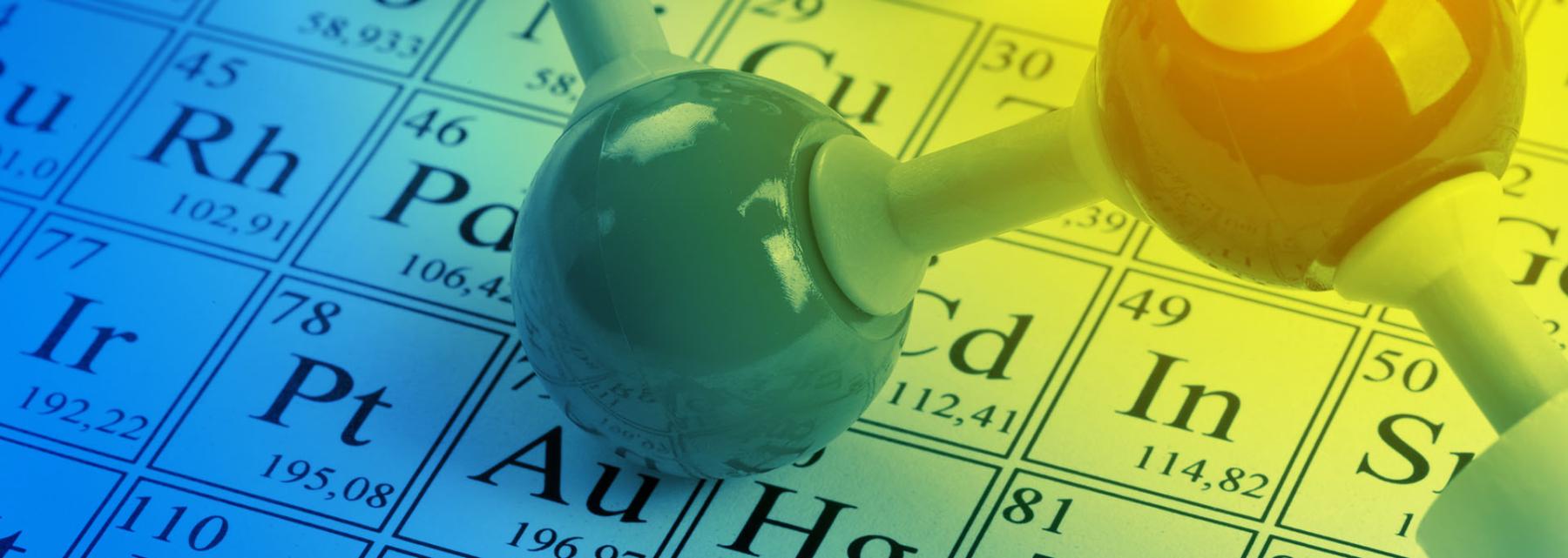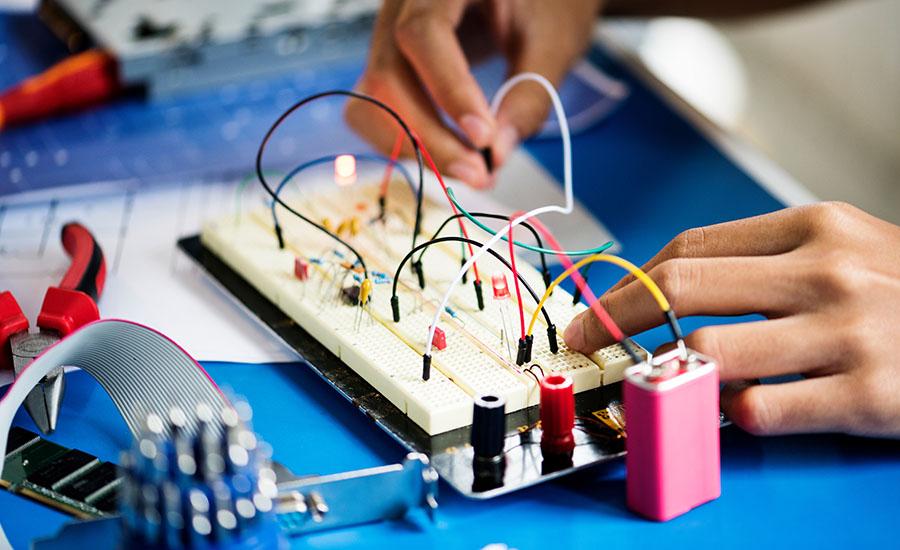
pH of Soils and Introduction to Analytical Techniques
This lesson took place in a 90 minute after school STEM club (could work in 2 - 45 minute class periods). Students may work in small groups of 2-4. An emphasis on sample collection and analytical techniques. Student exploration and different soil types are recommended. Facilitate student reflection on why and how different soils grow different plants.
Lesson Grade Level
8th GradeLesson Plan Link/URL
https://docs.google.com/presentation/d/1RLmE8jJtJJxXVIvzLDJqAl2LkfO9gsFU/edit?u…Subject Area
Science Physical Science P1: Matter Technology 5. Computational Thinker Mathematics Measurement and Data (MD)Related Content

Students will first build and collect data on how fast their solar car is. Then students can change items to increase the efficiency of the solar panel to increase the overall speed of the solar car.

Rad Roller Coasters Part 2 comes at the end of our paper roller coaster project. Students will collect data on their coaster and use that to calculate velocity, potential energy and kinetic energy

In this lesson, students use their knowledge of electric power to design a model circuit that expends less electrical power. They do this by using the PhET Circuit Construction Kit: DC and they may